SUMMARY
This is AI generated summarization, which may have errors. For context, always refer to the full article.
![[Newsstand] Dynamic race, static survey?](https://www.rappler.com/tachyon/2022/03/bbm-leading-surveys.jpeg)
The latest Pulse Asia survey, conducted in the third week of February but whose results were released only on Monday, March 14, shows the main presidential candidates running in place. The February results are fundamentally the same as in January: Ferdinand Marcos Jr still at 60, Leni Robredo at 15 (down from 16), Isko Moreno at 10 (up by two), Manny Pacquiao still at 8, Ping Lacson at 2 (down from 4). The movements are within the survey’s margin of error of plus or minus 2.
To those of us following the campaigns closely, Pulse Asia’s February survey is disorienting – not because of the actual results, but because of the lack of movement in the results. A static survey to explain a dynamic race can cause political vertigo.
No one can seriously challenge the description of the presidential race in the last few weeks as dynamic: a major presidential forum on CNN and intense preparations for the first official debate this weekend; dozens of provincial sorties by all the major candidates; Moreno’s continued wooing of President Duterte’s endorsement; progressively larger rallies for Robredo, including a direct challenge to a ruling dynasty in a vote-rich province.
So what is happening here?
Unrelated timing
The first thing to note is that the release of the latest survey results was not designed to undercut the latest round of positive news for the Robredo campaign. The endorsement of two key provincial governors filled timelines this morning, but in releasing the February results today, March 14, Pulse Asia was only following its usual timetable. The January poll, the first of the monthly pre-election surveys that Pulse Asia is conducting, was released also in the middle of the following month (February 13, a Sunday).
The timing of that release lit a fire under Robredo supporters, because it came right on the heels of a successful, large “grand rally” at the Quezon Memorial Circle. But in fact, when I asked Pulse Asia president Ronnie Holmes on February 4 – that is, over a week before the rally – when the release would be made, he said “before Valentine’s hopefully.” And when I asked him on March 3 about the release of the February survey, he replied: “same sked, before mid-March.”
But it has become conventional wisdom among the Vice President’s supporters to think that the surveys are manipulated and that the timing of their release is weaponized. This is a mistake, at least as far as the two survey groups with a decades-long track record are concerned. For both Social Weather Stations and Pulse Asia, the accuracy of their pre-election surveys is their business card; it is suicidal for them as a long-term enterprise to manipulate results (and the timing of the releases) for short-term gain.
Note that the press release of additional findings from the December 2021 SWS poll, issued last Friday, was from the Marcos campaign, not from SWS. In a sense, it was inevitable; Robredo supporters expected a survey release to dampen the public mood after the massive, joyous grand rally in Bacolod; the Marcos campaign seized the opportunity.
Early snapshot
The second aspect to note is that the survey was conducted between February 18 and 23 – before the Robredo rally in Iloilo on February 25 (40,000 in attendance), the rally in Cavite on March 4 in the heart of Remulla territory (47,000), the rally in Bulacan on March 5 (45,000), the rally in Bacolod on March 11 (86,000), and then the astonishing rally in Isabela, right in the so-called pro-Marcos Solid North, on March 12 (10,000 – an extraordinary total, considering the local context). Other rallies, in different parts of the country, reached many thousands more.
Many endorsements from local government officials supporting Robredo – including Bulacan Governor Daniel Fernando, Eastern Samar Governor Ben Evardone, and Cagayan de Oro Representative Rufus Rodriguez – were announced after the survey snapshot was taken.
The extraordinary welcome Isko Moreno received in the Bangsamoro Autonomous Region in Muslim Mindanao, where he joined a mass oath-taking attended by some 50,000 participants, may have already been partly factored in in the survey, since it happened on February 20. But Moreno’s belated and sustained criticism of Marcos, part of his strategy to court President Duterte’s favor, started well after the survey period. Its effect, or its effectiveness, may only be reflected in a later survey.
It would be folly for Moreno to stop his new anti-Marcos campaign, or for Robredo to give up on her mobilization-is-the-message strategy, merely because Pulse Asia’s February survey seems to have caught a race in stasis.
Three hypotheses
Is it possible that the March survey, when it is released in mid-April, will continue to show the same picture: Marcos with a comfortable (and unprecedented) majority, the rest of the candidates competing for a share of the minority vote? Yes.
Jason Haw, a PhD epidemiology student at Johns Hopkins I’ve followed since the pandemic began for his facility with numbers, suggests three “hypotheses” to explain the “paradox” of a surge in the ground for Robredo that is not reflected in the surveys. I have been wrestling with exactly the same ideas since the Cavite rally, but without Haw’s clarity of thought.
First, it is possible for millions of Filipinos to attend Robredo’s rallies, and yet for Robredo to still lose. If say 20% of all the 65.7 million registered voters cast their ballot for Robredo, that is 13 million votes.
Second, it is also possible that the surveys, this time, are wrong. Haw raises the possibility of “some kind of Hawthorne effect” that skews the findings, because the survey respondents “are observed by family and neighbors when these interviews are done.” I am reminded of that Japanese study, conducted in Metro Manila early last year, that concluded that as much as a third of President Duterte’s popularity rating may be due to “social desirability bias.”
Third, it is also possible that the surveys are, in fact, right. Marcos enjoys majority support, because (as I have argued before) he and his family have been seeding disinformation on digital and social media for years.
Response
I hasten to add: If hundreds of thousands of Robredo supporters join her rallies across the country, culminating in a miting de avance in Rizal Park with a million or more in attendance, it is unlikely that the survey needle will NOT be moved. The historical record shows that the energy of a candidate’s true believers can convert other voters; the largely unprecedented nature of the Robredo campaign is itself a new factor, and opens possibilities.
I also see the various anti-Marcos campaigns (Moreno’s, in particular, but also the different attempts to support Sara Duterte for vice president without supporting the dictator’s son) as helping make the anti-Marcos vote more socially desirable.
Lastly, I must note: The pushback against Marcos disinformation is real, but the real hope may lie in Robredo’s supporters promoting their own narrative, of her competence and compassion, not only as a counterweight, but as a counter-myth. – Rappler.com
Add a comment
How does this make you feel?
![[WATCH] In The Public Square with John Nery: Preloaded elections?](https://www.rappler.com/tachyon/2023/04/In-the-Public-Square-LS-SQ.jpg?resize=257%2C257&crop=414px%2C0px%2C1080px%2C1080px)
![[Newspoint] 19 million reasons](https://www.rappler.com/tachyon/2022/12/Newspoint-19-million-reasons-December-31-2022.jpg?resize=257%2C257&crop=181px%2C0px%2C900px%2C900px)
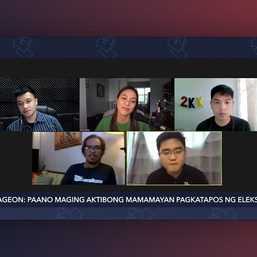
![[OPINION] The long revolution: Voices from the ground](https://www.rappler.com/tachyon/2022/06/Long-revolution-June-30-2022.jpg?resize=257%2C257&crop=239px%2C0px%2C720px%2C720px)
![[OPINION] I was called a ‘terrorist supporter’ while observing the Philippine elections](https://www.rappler.com/tachyon/2022/06/RT-poster-blurred.jpeg?resize=257%2C257&crop_strategy=attention)
![[Newspoint] Improbable vote](https://www.rappler.com/tachyon/2023/03/Newspoint-improbable-vote-March-24-2023.jpg?resize=257%2C257&crop=339px%2C0px%2C720px%2C720px)
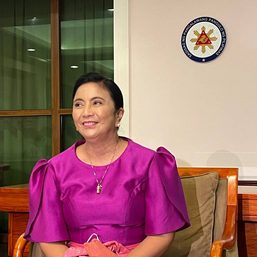
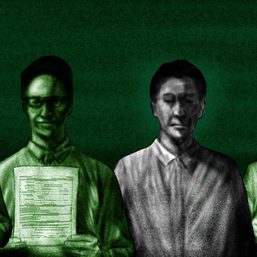
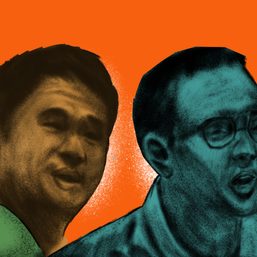
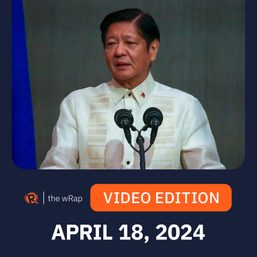
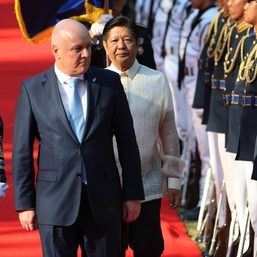
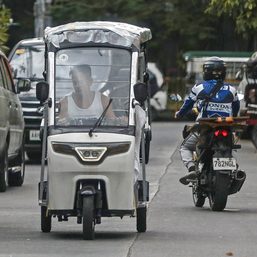
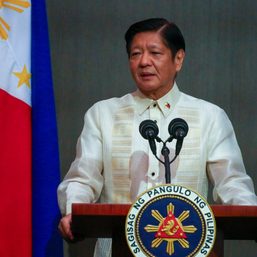
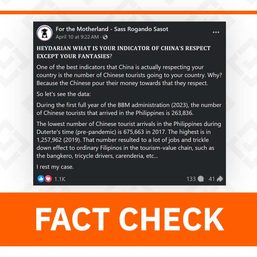



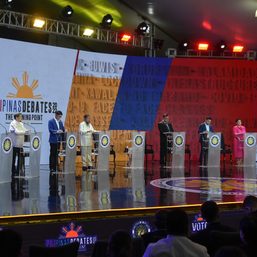
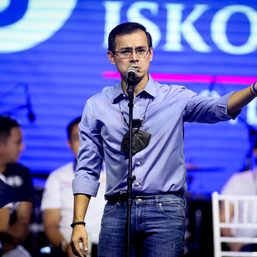
![[OPINION] Sara Duterte: Will she do a Binay or a Robredo?](https://www.rappler.com/tachyon/2024/03/tl-sara-duterte-will-do-binay-or-robredo-March-15-2024.jpg?resize=257%2C257&crop_strategy=attention)
![[New School] Tama na kayo](https://www.rappler.com/tachyon/2024/02/new-school-tama-na-kayo-feb-6-2024.jpg?resize=257%2C257&crop=290px%2C0px%2C720px%2C720px)
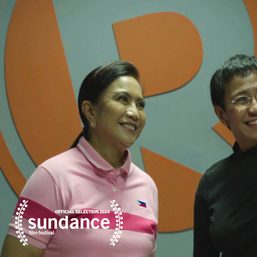
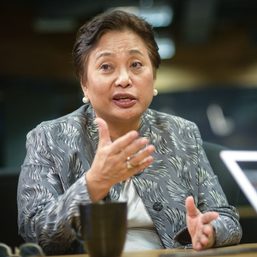

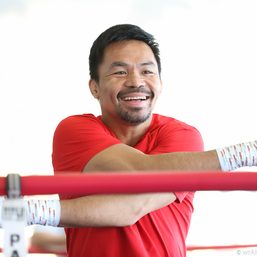
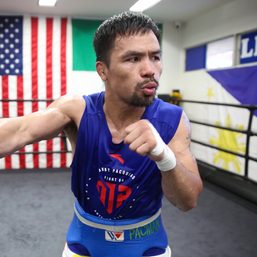
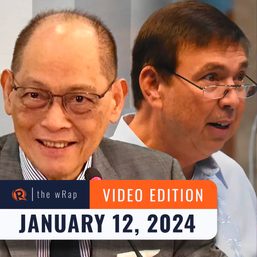

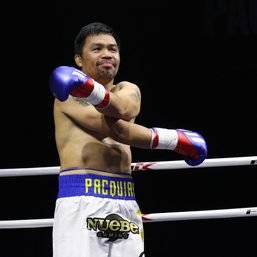
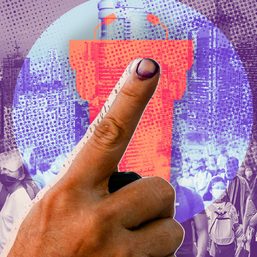
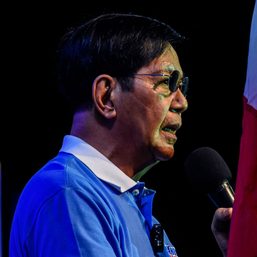
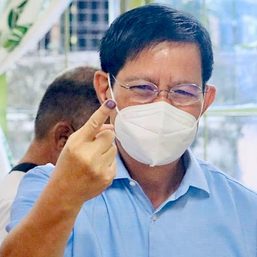
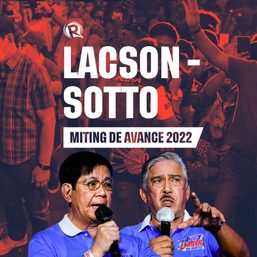
![[EDITORIAL] Kapag bumabagsak ang ratings, balikan ang basics](https://www.rappler.com/tachyon/2024/04/animated-bongbong-marcos-sara-duterte-popularity-numbers-2024-carousel.jpg?resize=257%2C257&crop_strategy=attention)
![[OPINION] Can Marcos survive a voters’ revolt in 2025?](https://www.rappler.com/tachyon/2024/04/tl-voters-revolt-04042024.jpg?resize=257%2C257&crop=251px%2C0px%2C720px%2C720px)
![[In This Economy] Economic charter change is very unpopular – it’s time lawmakers listened](https://www.rappler.com/tachyon/2024/04/in-this-economy-charterchange.jpg?resize=257%2C257&crop=292px%2C0px%2C720px%2C720px)
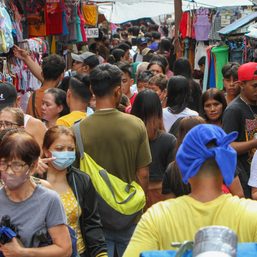
![[OPINION] Ratings fall for Marcos, Duterte is unprecedented. Could it get any worse?](https://www.rappler.com/tachyon/2023/10/tl-approvalratings.jpg?resize=257%2C257&crop_strategy=attention)
There are no comments yet. Add your comment to start the conversation.